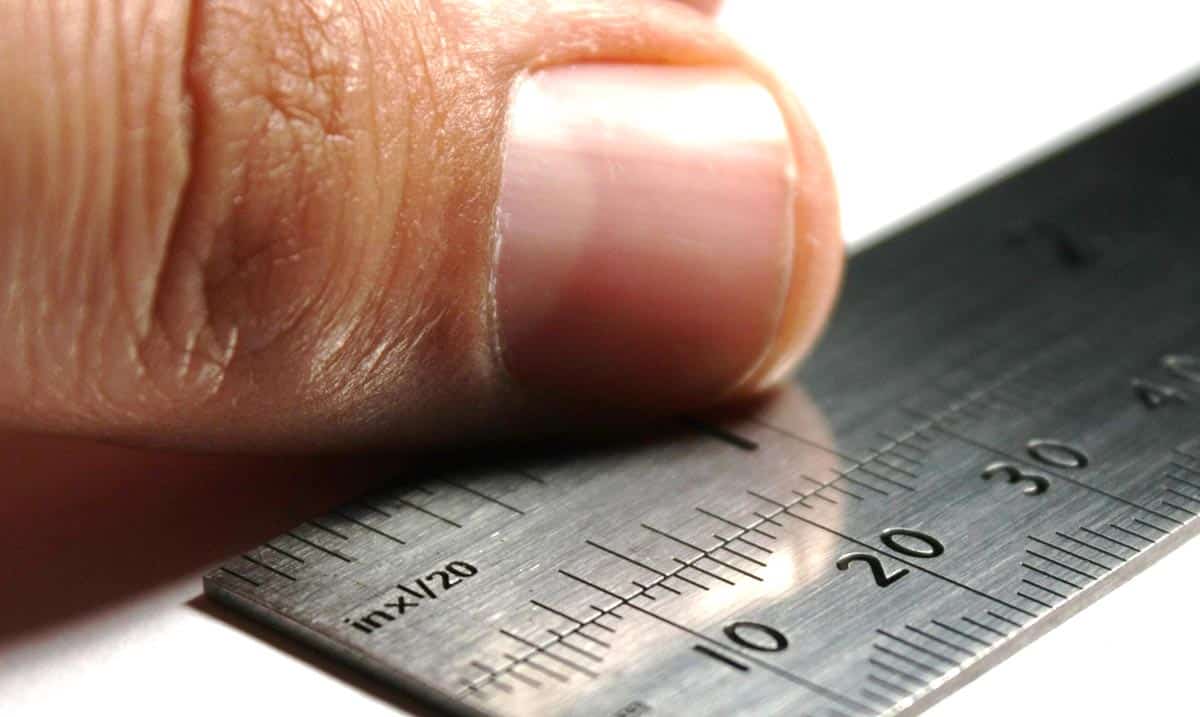
duct sizing rules of thumb
You can’t count on guesswork or generalization when getting duct sizing right. This is a highly-developed science and a critical element of efficient HVAC installation for all residents living in Palm Beach County. The economy is always testy, and utility rates head in one direction alone, so no one can afford the high costs of running an inefficient HVAC.
For this reason, there is correctly set out by manufacturers who set their standards by efficiency estimates that assume your HVAC system will be connected to a duct system with ample sizing and adhering to the methods described by the Air Conditioning Contractors of America (ACCA) in Manual D. this is the accepted industry standard. You will often find the Manual D integrated into a software package used for duct layout and duct elements.
If the duct system is too small, there will be a pressure buildup at the point nearest the air handler. This abnormal buildup of pressure will direct the flow of air into the path of least resistance. This means that those rooms and areas of the building nearest the handler will receive full heating and cooling while those areas and rooms further from the handler will receive little or none. The system will react by turning on and off in faster succession, which will cause increased energy usage and strain on your HVAC.
Undersized ducts could also create discrepancies in the pressure of different rooms. This can result in cooled or heated, sir being leaked outside of the thermal envelope that keeps the house appropriately conditioned. Other problems that can arise from undersized ducts include noises caused by strained components as well as freezing at the A/C evaporator or higher furnace temperatures than necessary.
Oversized ducts can be just as bad, if not worse. There larger size resulted in a reduced flow of air through vents and decreased levels of comfort. Then there are the increased costs involved with installing more important ductwork into the home as well as the costs for working with more extensive ductwork.
1. According to Manual D, the ducts of the home should be appropriately matched to the HVAC system being used, not the other way around.
2. Getting the size of the ducts right will also include an accurate calculation of the energy needed to heat and cool each room. To produce this figure, your HVAC contractor applies ACCA Manual J software , which will include all kinds of essential factors from the total square footage of the home, the quality of the thermal envelope, R-value of insulation used and the entire area of window space to determine the exact needs of your home in its HVAC system
Getting the right-sized duct using the Manual D will require taking several important factors into account. This includes:
– Manual J figures for heating and cooling loads in each room.
– The planned dimensions and construction material of the ducts.
– The operating capacity of the HVAC system.
– The number of elbows and branches that run off the length of the primary duct into rooms and other areas as well as other features of the system.
All these factors will allow the Manual D to produce the optimal CFM or Cubic Feet per Minute that will allow for a proper temperature distribution throughout the house. It will be essential to adjust the sizes of the ducts to compensate for the loss of airflow due to friction as the air passes through the duct system. Other things that can affect the rate of friction include curves and elbows in the ductwork, and all must be incorporated into the final friction rate.
There are a few other design decisions that you can make that can further improve the functionality of your duct system.
Location of the air handler –– a centralized air handler helps to balance out the flow of air and air pressures.
Symmetrical layout –– try to keep the distribution of ducts and vent evenly spaced throughout the system. Think balance!
Room Returns – a room return helps to achieve this balance in each room. Those without a performance can have a ceiling jumper attached to an adjoining room or common area.
Understanding Why Your AC is Not Cooling Key Reasons Behind the Problem and How to…
Why is AC Running But Not Cooling? Expert Solutions Discovering that your air conditioner is…
Emergency HVAC Repair: Your Ultimate Guide to Quick Solutions In the sweltering heat or biting…
Unlock the Benefits of Energy-Efficient HVAC Systems for Sustainable Living Embracing an energy-efficient HVAC system…
Maximizing Comfort and Efficiency: The Revolution of Energy-Efficient Air Conditioning Embracing energy-efficient air conditioning systems…
Ultimate Guide to Energy-Efficient HVAC Systems for Homes and Small Businesses With the growing emphasis…